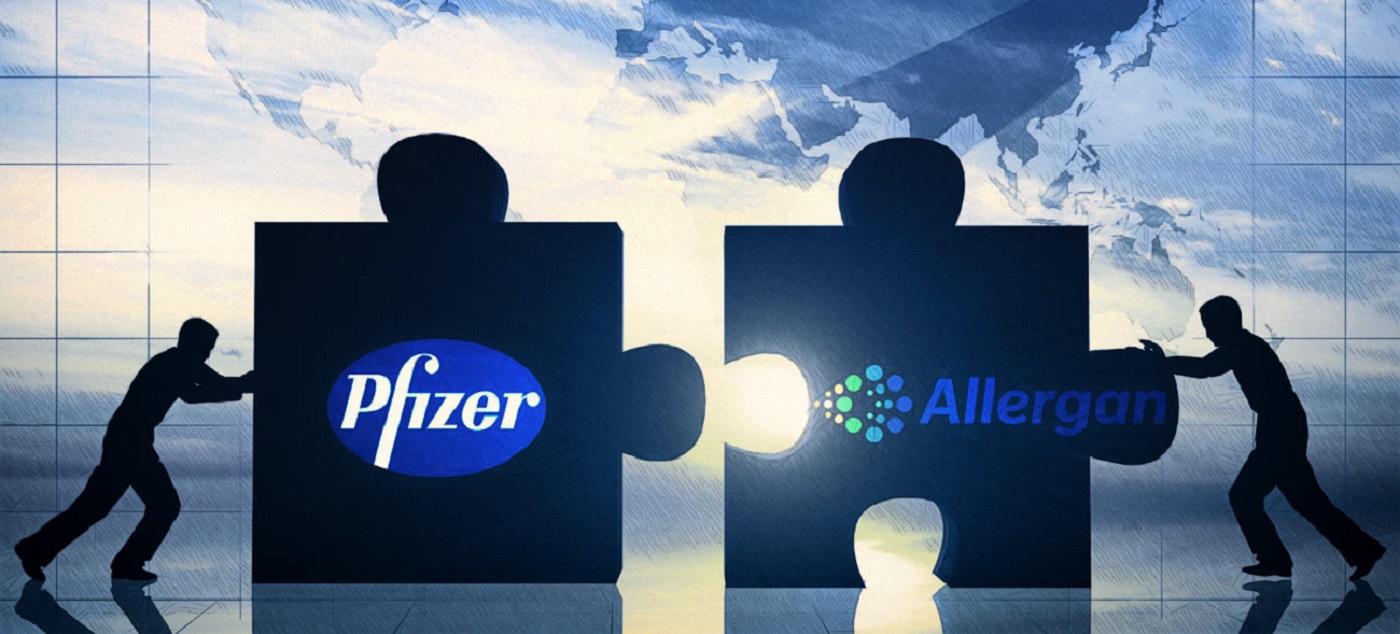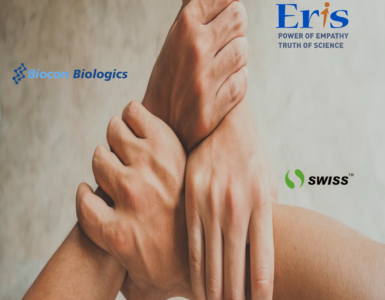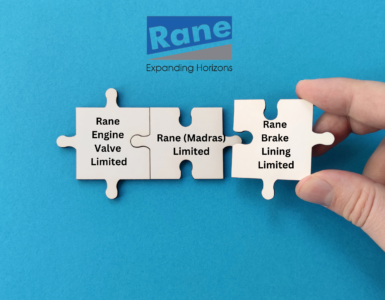Global acquisitions are gaining big momentum in value. Barely after a month of Dell-EMC merger for $67 billion in the IT space, the biggest deal is in the pharmaceutical industry as Pfizer Inc bought anti-wrinkle Botox maker Allergan plc for $160 billion. The combined entity will become the world’s largest drugmaker and it expects operating cash flow of over $25 billion beginning 2018.For 166-year old Pfizer, Allergan will be the fourth acquisition in the last 15 years, others being Warner-Lambert, Pharmacia, and Wyeth.
Although the combined company will be known as Pfizer plc and continue to be led by chief executive officer Ian Read, Pfizer will shift its headquarters to Ireland. It will be the biggest-ever instance of a US company re-incorporating overseas to lower its taxes. In fact, the US Treasury is really concerned about such tax inversion deals – in which a company re domiciles in a country with lower taxes — and is taking steps to limit losing billions in tax revenue.US President Barack Obama has called inversions unpatriotic and has tried to crack down on the practice.
Pfizer will have greater financial flexibility which will enable the company to move ahead in discovery and development of new innovative medicines and direct return of capital to shareholders. The merger will broaden the innovative pipeline with more than 100 combined mid-to-late stage programs in development. It is expected that the combined company will use its cash flow to continue to support an attractive dividend policy, targeting a payout ratio of approximately 50% of adjusted diluted EPS. The transaction is expected to close in the second half of next year.
The year 2015 has seen a flurry of healthcare industry mergers. Till now there has been over $600 billion worth of deals in this industry, already surpassing last year’s record of $460.2 billion, according to Thomson Reuters data. The Pfizer- Allergan deal some 18 months after the failure of Read’s initial attempt at an inversion, a $118 billion bid to acquire Britain-based AstraZeneca ran into opposition from shareholders and the government. Pfizer was on a lookout to buy AstraZeneca but it failed. In fact, Pfizer had sought to buy AstraZeneca to shift its headquarters from New York to a foreign jurisdiction with lower tax rates.
The Pfizer- Allergan Deal Matrix
The deal was done in a stock transaction valued at $363.63 per Allergan share, for a total enterprise value of $160 billion, based on the closing price of Pfizer common stock of $32.18 on November 20, 2015. The transaction represents more than a 30% premium based on Pfizer’s and Allergan’s unaffected share prices as of October 28, 2015. Allergan shareholders will receive 11.3 shares of the combined company for each of their Allergan shares, and Pfizer stockholders will receive one share of the combined company for each of their Pfizer shares. The companies expect that shares of the combined company will be listed on the New York Stock Exchange and trade under the PEE ticker.
The completion of the transaction is subject to certain conditions, including receipt of regulatory approval in the US and the European Union, the receipt of necessary approvals from both Pfizer and Allergan shareholders, and the completion of Allergan’s pending divestiture of its generics business to TevaPharmeceuticals Ltd, which Allergan expects will close in the first quarter of 2016. According to the terms and conditions of the merger, the Allergan parent company will be the parent company of the combined group. A wholly-owned subsidiary of Allergan will be merged with and into Pfizer, and subject to receipt of shareholder approval, the Allergan parent company will be renamed Pfizer plc after the closing of the transaction. Allergan shareholders will own around 44% of the combined company.
Immediately prior to the merger, Allergan will effect an 11.3-for-one share split so that each Allergan shareholder will receive 11.3 shares of the combined company for each of their allergen shares, and the Pfizer stockholders will receive one share of the combined company foe each of their Pfizer shares. Pfizer’s US stockholders will recognize a taxable gain, but not a loss, for US Federal income tax purposes. The transaction is expected to be tax-free for US Federal income tax purposes to Allergan shareholders.
Pfizer shareholders can opt to receive cash instead of stocks of the combined company for some or all of their Pfizer shares, provided that the aggregate amount of cash to be paid in the merger will not be less than $6 billion or greater than $12 billion. Should the aggregate cash to be paid in the merger be less than $6 billion or greater than $12 billion, then the stock and cash selection will be subject to proration. Pfizer plc’s board is expected to have 15 directors, consisting of all of Pfizer’s 11 current directors and four current directors of Allergan. Ian Read, Pfizer’s chairman and chief executive officer, will serve as chairman and chief executive officer of the combined company.
Advantage of the deal
The transaction is about two great companies coming together to create a highly competitive biopharmaceutical leader with two best-in-class businesses. The acquisition will bolster Pfizer’s scale, diversity, and research pipeline, and reduce its exposure to patent cliff. Together it will be even better positioned to make more medicines and more therapies available to people around the world. The deal enhances offerings from both Pfizer’s faster-growing branded products business with additions like Botox and Allergan’s established products. The combination will provide access to about 70 additional worldwide markets for Allergan’s products.
| Pfizer-Allergan deal: To build from a strong foundation | ||
| Pfizer | Allergan | |
| Revenue in 2015 (E) | $48 billion | $16 billion |
| Global capabilities | 30,000 US colleagues | 10,000 US colleagues |
| 65,000 ex-US colleagues | 5000 ex-US colleagues | |
| Note: All data pertains to the calendar year Source: Company presentation | ||
The deal will also set new benchmarks and make healthcare honchos to look at various strategies to grow since Pfizer will gain a relative advantage in tax terms. The management of Pfizer has underlined that the merger will give the combined entity the heft to access billions of dollar parked outside and allow for more share buybacks, dividend payments and business development as the joint entity will have annual sales of over $64 billion. Allergan and Pfizer had estimated that the joint entity will increase earnings per share by 10%, excluding special items, in 2019 and add a high-teens percentage rate in 2020.
About Pfizer
A leading global pharmaceutical company for over 150 years, its product portfolio includes medicines and vaccines as well as many consumer health care products. Pfizer is organized into nine principal operating divisions: Primary Care, Specialty Care, Oncology, Emerging Markets, Established Products, Consumer Healthcare, Nutrition, Animal Health, and Capsugel. From the miracle of penicillin to Pfizer RxPathways, which helps people without prescription coverage maintains access to important medications, the company meets the diverse health needs of people. In the third quarter of 2015 (July – September) the company’s revenues touched $12 billion registering 6% growth year-on-year.
Financials of Pfizer
| Third quarter | Nine months | |||||
| 2015 | 2014 | % change (YoY) | 2015 | 2014 | % change (YoY) | |
| Reported revenue | 12087 | 12362 | -2.2 | 34804 | 36487 | -4.6 |
| Adjusted income | 3728 | 3655 | 2.0 | 10449 | 11088 | -6 |
| Adjusted diluted EPS | 0.6 | 0.57 | 5 | 1.67 | 1.72 | -3 |
| Reported net income | 2130 | 2666 | -20 | 7132 | 7907 | -10 |
| Reported diluted EPS | 0.34 | 0.42 | -19 | 1.14 | 1.23 | -7 |
| ||||||
About Allergan
Headquartered in Dublin, it is a leader in new industry model as it is focused on developing, manufacturing and commercializing innovative branded pharmaceuticals, high-quality generic and over-the-counter medicines and biological products for treatments of central nervous system, eye care, medical aesthetics, gastroenterology, women’s health, urology, cardiovascular and anti-infected therapeutic categories. The company had an unconventional rise, starting as a company called Watson Pharmaceuticals. In 2012, Watson acquired Actavis Group and later it bought Warner Chilcott and Forest Laboratories. It later bought Allergan, taking the company’s name. At present, Allergan operates the world’s third-largest global generics business, providing patients around the globe with access to affordable high-quality medicines. It has commercial operations in over 100 countries.
Financials of Allergan
| Q3 2015 | Q3 2014 | % change Y-o-Y | |
| Net revenue | 4085 | 2151 | 90.0 |
| EBIT | 1935 | 702 | 176 |
| Adjusted EBITDA | 2013 | 753 | 168 |
| EPS ($) | 3.48 | 2.11 | 65 |
| |||
Impact on Pfizer India
The merger is a non-event for India as the deal is between innovators. Indian companies are mostly in generics drug business. The joint entity could move Pfizer a few notches up in the retail market. Pfizer has said that the Indian arm’s focus is to grow through innovation and increase the number of patent registrations. The company is looking to expand therapeutic drugs in India, with a special focus on vaccines, anti-infectors and pain management. According to the annual report of Pfizer, in 2014-15 it reported a 12% revenue growth, while profits from operations grew 17%.
While the deal may create the world’s leading established products business well-positioned for global long-term growth, the long timeline for completing the deal, which will not be consummated until the latter half of next year, is bit of a concern for all stake-holders.




